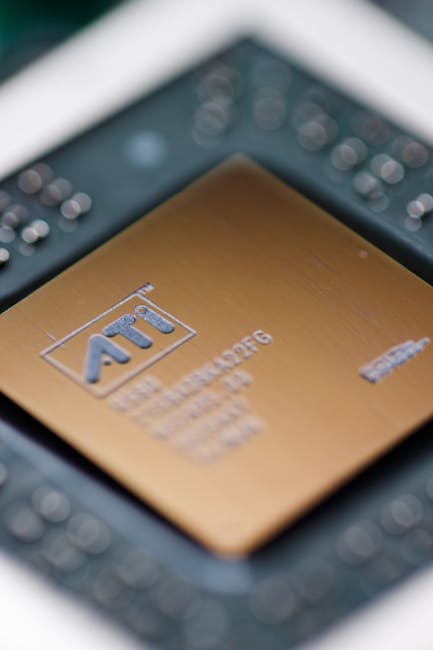Navigating the U.S. Semiconductor Industry Turbulence in 2025
The U.S. semiconductor industry has experienced significant upheaval in 2025, influenced by political, economic, and technological factors. This article examines the critical developments within the sector, highlighting the strategies of major companies like Intel, Nvidia, and AMD, as well as the impact of new government policies.
Leadership Changes and Corporate Strategy
Intel’s appointment of Lip-Bu Tan as CEO marked a pivotal shift in the company’s direction. Tan’s focus on revitalizing the company’s engineering capabilities and streamlining operations demonstrates a commitment to innovation amidst industry challenges.
Trade Policies and Export Controls
The semiconductor landscape has been shaped by evolving U.S. trade policies, particularly concerning AI chip exports. The Biden administration’s proposed rules and the Trump administration’s subsequent decisions have introduced uncertainties, affecting the strategies of companies like Nvidia and AMD.
Strategic Partnerships and Acquisitions
In response to global competition, semiconductor companies have pursued strategic partnerships and acquisitions. Nvidia and AMD’s agreements to sell AI chips in China, along with AMD’s acquisition spree, underscore the industry’s dynamic adaptation to market demands.
Challenges and Opportunities
While faced with challenges such as export restrictions and geopolitical tensions, the U.S. semiconductor industry continues to explore opportunities for growth. The introduction of new technologies and the potential for joint ventures, like the one proposed between Intel and TSMC, highlight pathways for future success.
Conclusion
As 2025 progresses, the U.S. semiconductor industry remains at the forefront of technological advancement and geopolitical considerations. The ongoing developments will require companies to navigate complex landscapes, balancing innovation with compliance to maintain their competitive edge.




